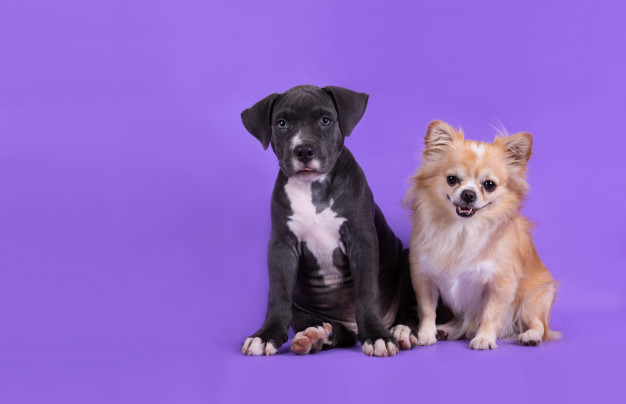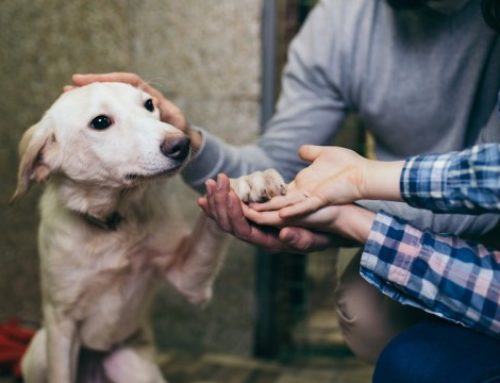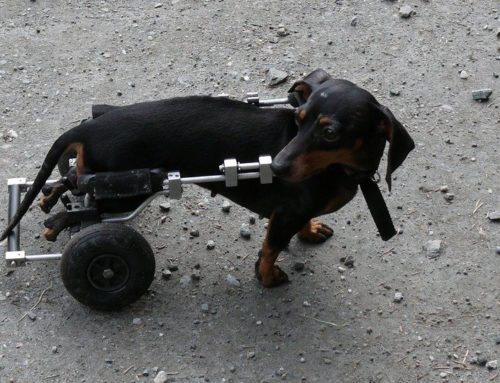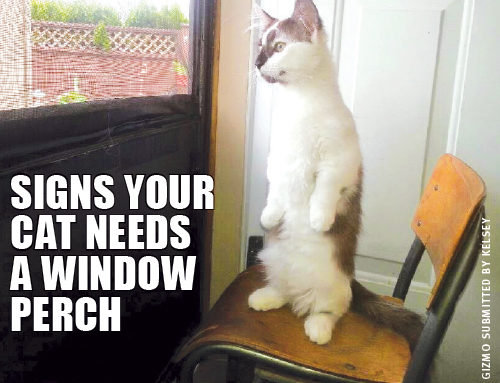Reasons to Socialize a Dog
Socialization Reduces Fear and Anxiety
Dogs that are not properly socialized are typically fearful of unusual or new environments. This can be avoided by exposing dogs, especially puppies at a young age, to various situation and environments.
In one study conducted on young dogs that were restricted of early experiences, including no opportunity to socialize with other dogs, there was an effect on emotional behavior, including fear and anxiety in dogs.
In general, in response to fear, dogs will release a stress hormone called cortisol, which is how scientists measure the level of anxiety in dogs (Villiers et al. 1997). In the mentioned study, the amount of cortisol that is released is dependent on how socialized the animal was; i.e. more socialized animals release less cortisol and adrenaline.
It Allows for More and Better Bonding
Dog to dog interactions are not the only form of socialization that is important for your pet. It is equally important to form a human-dog bond, which I have covered in my previous article before.
Vet Exams Are Much Less Difficult
Many dogs exhibit fear or anxiety when they visit the vet. In fact, data shows that approximately 78.5% of dogs show some sort of fearful behavior when on the examination table.Dogs that were properly socialized were significantly less fearful during vet exams than dogs that were not exposed to these situations, making a visit to the vet easier for the owner, the veterinarian and the dog
Keeping Puppies in a Better Shape
Socializing a dog offers the opportunity to play with other pets. For dogs, playing isn’t about winning or losing; it gives them a physical outlet in the form of exercise which essential for the overall health.
Improved Intelligence and Behavior
Much like humans, dogs exhibit a profound ability to learn and behave by mimicking others of their kind. In a study conducted on 60 juvenile Labrador and Golden Retriever dogs, it was found that socialization groups, in addition to training, resulted in a higher success rate of dogs in the guide dog program






Leave A Comment
You must be logged in to post a comment.